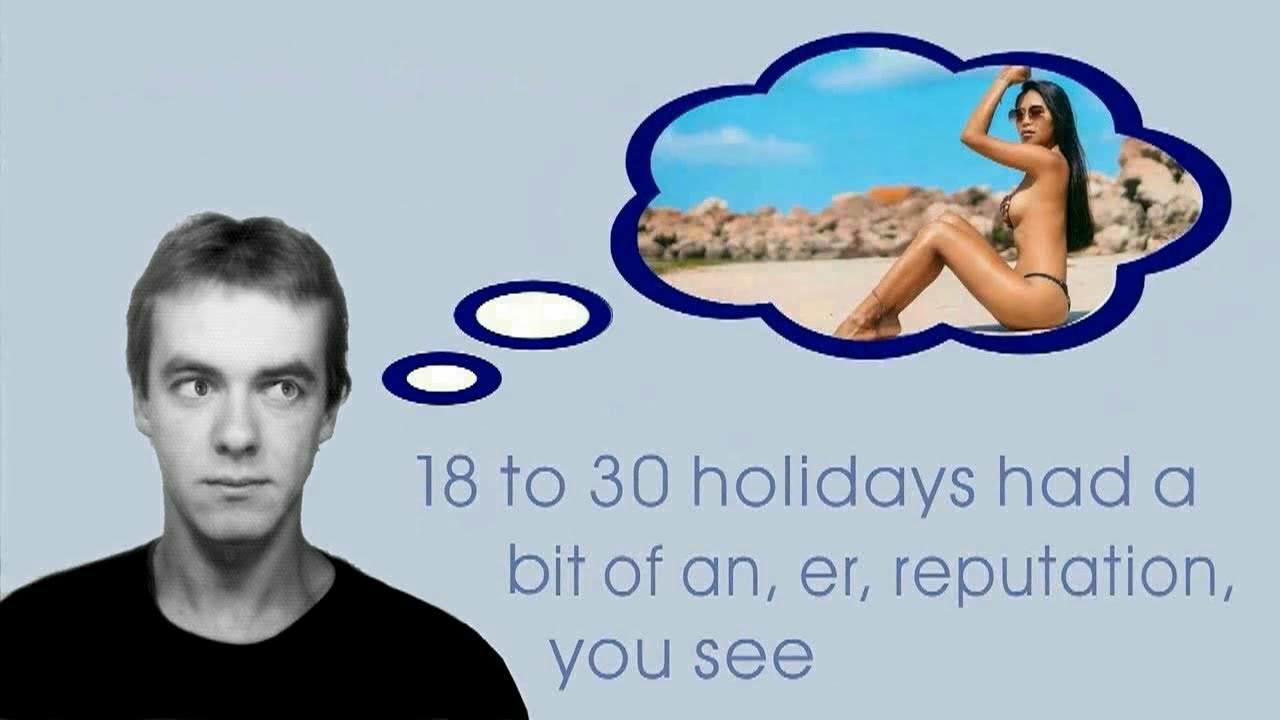This is a travel story with much, much more than just travel in it: the outdoor life, geography and history, ethnic conflict and racism, international relations and political power, family hopes and expectations, psychology and mental health; it even has a ghost story hidden away within it.
Any one of these aspects of the story would be worthy of tackling alone as the subject of an entire book. For example, the ghost story is something that I reflected upon often in the months and years after it happened. I couldn't come to any definite conclusions on this, so I'll leave this part for readers to decide for themselves.
Ethnic conflict and racism, within the travel experience context, are things I've written about before, particularly in the book Overlanding, and here, as in that book, this is not limited to academic research - although it also includes some of that - but also includes first-hand experience.
International relations and political power are things I've written about before, in The Taiwan Experience for example, and here again the difference from many political commentaries is that while admittedly in no way involved in politics, I was stuck in the midst of where it was all happening, and to some extent unable to avoid all the political turbulence that marked the era of transition from British rule to Chinese rule in Hong Kong.
What The Way of the Outdoor Photographer doesn't provide is detailed information on the low-budget photographic hardware that a shoestring outdoor photographer may need for his or her hobby or way of life; this is not a technical treatise but rather a first-hand account of the experiences of one particular low-budget outdoor photographer: me. It also does not offer guidebook-type information on the locations where the story takes place, although like all the accounts in the True Tales of a Traveller series, it does provide sufficiently detailed information on the places concerned for the stories to not only make sense but also to be appreciated, enjoyed, and perhaps even re-read by those readers wishing to deepen their understanding of a particular place. Some of this location-specific information is peculiar to the time the events related took place, but most remains relevant at the time of publication.





Readers Reviews2
Way of the Shoestring Outdoor Photographer
Very different from what I expected, and something I was able to learn a lot from without even trying.
not easy to put down
a very unique kind of travel story!